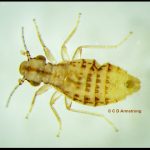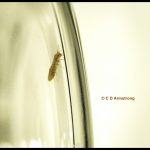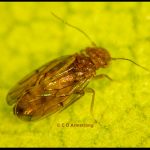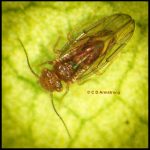Booklice and Barklice
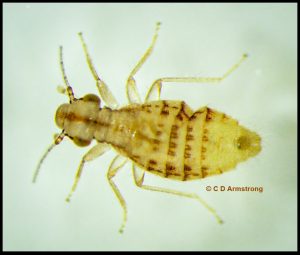
Although booklice and barklice are similar in size and shape to lice, they are not true lice. They are sometimes referred to as psocids because they belong to an order of very primitive insects called Psocoptera.
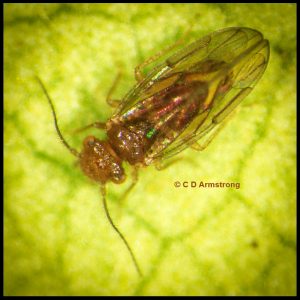
Booklice are so-named because they are commonly found amongst old books. They feed on mold, including mold that grows from the paste used in the binding of old books and wallpaper, or they can even feed on the paste itself sometimes. Their presence should be regarded as little more than a nuisance; any damage they might do is extremely minor and so is regarded as insignificant. Lowering the relative humidity to less than 50% in the areas you find them in will help to control them and may even control them entirely.
Barklice (or barkflies) are found on trees where they feed on algae and lichen (these ‘bark’ relatives can include winged forms but booklice are always wingless). It is important to note that psocids are often mistaken for bed bug nymphs, and vice versa, because of their extremely small size (ranging from just 1mm to 2mm in length or so). Unlike bed bugs, booklice do not bite.
- A species of booklice (possibly Trogium pulsatorium)
- A species of booklice (possibly Trogium pulsatorium) (resting at the edge of a glass petri dish) (A closer view of the same specimen is shown in the adjacent image at left)
- A species of barklice (genus Ectopsocus) (barklice adults have wings and booklice do not)
- A species of barklice (genus Ectopsocus)
Additional Information:
- Psocids (barklice, booklice) (University of Minnesota Extension)
- Booklice and Barklice (BugGuide.net) | Family Ectopsocidae (Outer Barklice) (BugGuide.net)
- Booklice (Family Liposcelididae) (BugGuide.net)

